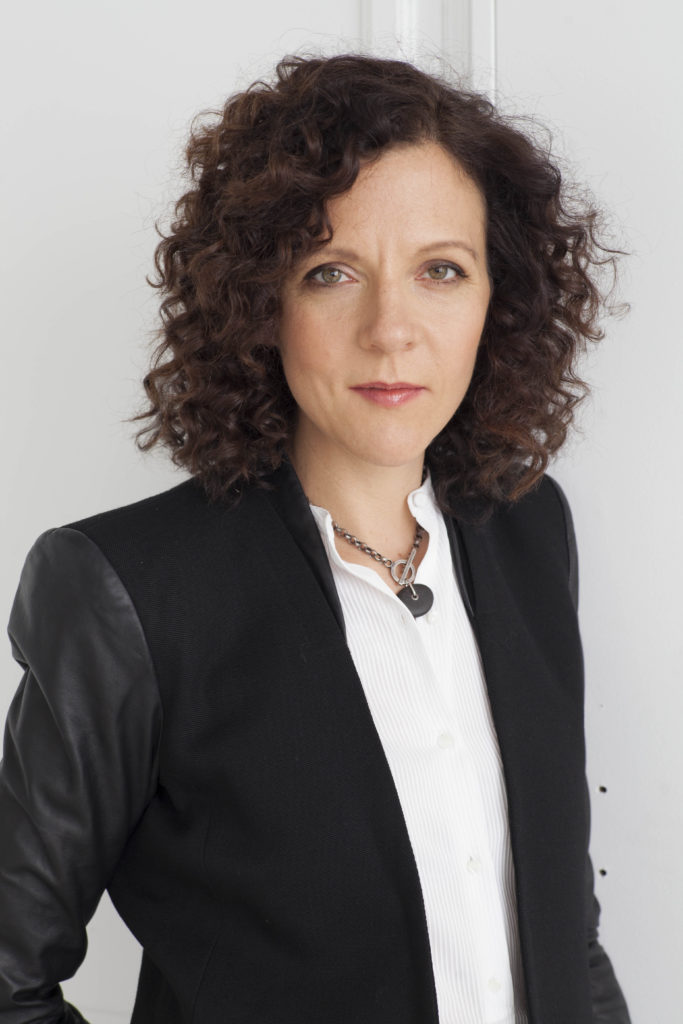Marzano-Lesnevich joins creative writing community
April 6, 2018
 Courtesy of Nina Subin
Courtesy of Nina SubinThis coming fall, Bowdoin will add Alexandria Marzano-Lesnevich to its roster of creative writing professors. Marzano-Lesnevich will be the first tenure track creative nonfiction professor in the English department. A former lawyer and the author of “The Fact of a Body: A Murder and a Memoir,” they bring an interdisciplinary approach to creative writing.
For the past few years, there has been a host of visiting professors specializing in creative nonfiction, such as Russ Rymer, Susan Faludi and Jane Brox. While these professors have typically taught only one course per semester, Marzano-Lesnevich will teach two courses per semester, including a first year seminar next fall.
“[They’re] gonna be a great teacher,” said Brock Clarke, chair of the English department who teaches courses in fiction writing. “[Marzano-Lesnevich] knows a lot more about nonfiction than I do, and that’s a whole vast range of texts that I know nothing about. That will be great for students.”
Within the English department, students can pursue a creative writing concentration by taking three creative writing courses, two of which count for the English major. Students must take two classes in one genre (poetry, fiction or creative nonfiction), and one additional course in another genre (which can include the occasionally offered screenwriting course). As a permanent and full-time professor, Marzano-Lesnevich can act as a stable voice for nonfiction within the creative writing program.
“This concentration is going to be better if we can have not just poetry, screenwriting and fiction, but also nonfiction courses to rely on,” said Clarke. “We need a [tenure track] nonfiction writer. The administration, to [its] credit, recognized that, and our department recognized it, too. This is something really important to our curriculum.”
Students are especially excited for Marzano-Lesnevich’s arrival given that creative writing classes are almost always at maximum capacity. Many students expressed frustration with the difficulty of getting into these courses, especially the introductory fiction workshop.
“I am so grateful for every workshop experience and I only wish there had been more of them to enroll in,” Savannah Horton ’17, who graduated with a creative writing concentration, wrote in an email to the Orient. “One of the reasons I chose to pursue an honors project in fiction writing was because I ran out of courses to take and knew I still badly needed some help! The thesis was a way to continue developing even though I couldn’t enroll in another class.”
Horton is currently choosing between a few different MFA programs in fiction that begin in the fall.
Despite how popular these courses are, a creative writing major is not in the works. While Colby College has a creative writing minor, many of Bowdoin’s peer institutions do not. Clarke, however, is open to the idea of a creative writing minor.
“We’re not our own department. We’re part of the English department and I think that’s a good thing. Creative writing should always be yoked to the larger study of literature,” said Clarke. “I’m not that crazy about [creative writing] being its absolute own thing … Once [Marzano-Lesnevich] gets here and has been here for a couple of years, we’ll revisit [the idea of a creative writing minor].”
In general, the philosophy of the English department resists separating the study of literature and the practice of creative writing.
“By taking both creative writing courses and a wide range of literature and theory courses, students learn about creative writing as a craft—and as an engagement with a long, diverse tradition of writers and scholars,” reads Bowdoin’s creative writing web page. “The creative writing classes and readings by visiting creative writers act in harmony with the literature classes.”
Most creative writing courses meet once a week for three hours. Professors start by leading discussion of an assigned reading and then students critique each other’s writing in a workshop setting. These types of classes create a valuable community for students who hope to polish their work while looking to peers for support.
“The environment was unlike anything else at Bowdoin—similar to graduate programs really—because it not only demanded a certain vulnerability, but it also encouraged, at least in me, a love of literature from the sentence level,” wrote Horton.
Courses within the concentration are typically comprised of 12 to 16 students. For some, the quality of these classes is determined by the intimate conversations between writers.
Nathan Blum ’20, who is also pursuing a concentration in creative writing, added, “[There is] a small creative writing community I would say on campus that is fostered by these classes. You get to know each other as not just people, but as writers. Writing is the kind of thing that having people help you is vital to your work.”
Marzano-Lesnevich will add to this community both with their expertise in nonfiction writing and their unique background as a lawyer.
“[Marzano-Lesnevich’s] brand of nonfiction and [their] experience with law has a very liberal arts tone to it,” said Blum ’20.
In an email to the Orient Marzano-Lesnevich wrote, “I’m particularly excited that Bowdoin recognizes the pervasiveness of story in life, and encourages an interdisciplinary perspective. That’s something my legal training taught me to see, too, and I’m eager to build on that at Bowdoin, where students and faculty are working on so many interesting collaborations and inquiries across departments.”

Comments
Before submitting a comment, please review our comment policy. Some key points from the policy: